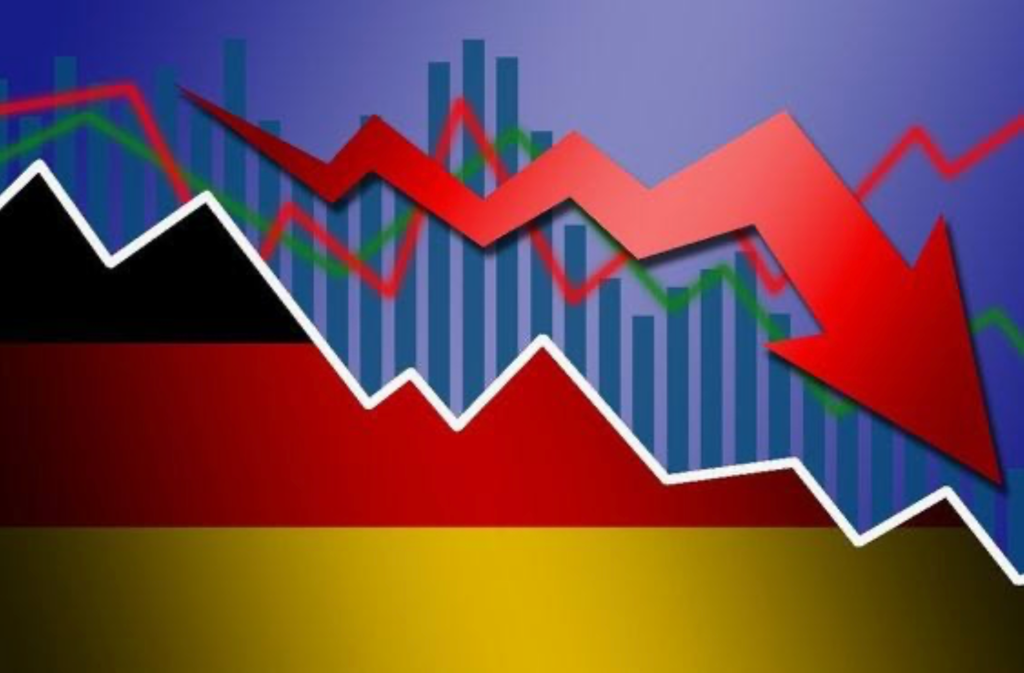By: Buyi Wang
Income and wealth are increasingly in the hands of the top 1%. How have we arrived at this stage of global inequality and what does the future have in store?
How much do you have to earn to be considered rich? According to Bloomberg, if you live in countries like China, where income and wealth inequality are relatively moderate, you need to earn $105k annually to be considered as the top 1%. In the United Arab Estimates, the number is $891k. In the United States, the number is $478k.
Inequality is a global phenomenon. According to the World Inequality Report 2018, from 1980 to 2016, almost every region in the world has experienced increasing income inequality. The United States, for example, stands out compared to Western Europe. In the 1980s, the two regions shared the same level of inequality, with the top 10% accounting for roughly 10% of the national income. However, by 2016, the top 10% in the U.S. took up 20% of national income while their counterparts in Western Europe took up 12%. Aside from income, the U.S. also has one of the highest levels of wealth inequality. In 2014, the top 1% in the U.S. held 39% of national wealth, while the figure was 30% in China and 20% in the UK.
Although some might find global inequality an outdated subject(global inequality in this article means income inequality and wealth inequality), a closer look at the world today invalidates such belief. For instance, many regions in the world, especially Europe and North America, are still recovering from the 2008 financial crisis, which has made inequality actually grow. While the upper class was less impacted, the sluggish economic growth during the recovery period has especially eroded the living standards of the lower and middle class in these developed countries. Such imbalance was partially the reason why populism emerged. In other parts of the world, especially the Middle East, Latin America and Africa, inequality has not increased much but remained high. The rich and the poor live drastically different lives. While the wealthy might be able to enjoy high quality healthcare and send their children to study abroad, the poor might be struggling to get medicine and supporting their children to even finish primary school. In general, global inequality must continue to be addressed.
Throughout history, inequality has been driven by inter-country inequality and within-country inequality. According to a research by Brookings, which gives a well-analyzed summary of how these two forces evolve, before 1980s, inter-country inequality was the main force of global inequality. Countries in Western Europe and North America outperformed others economically thanks to the Industrial Revolution. After 1980s, inter-country inequality started decreasing as developing countries, especially China and India, caught up with the developed world. The strong economic growth has transferred huge number of people out of poverty into the global middle class. At the same time, within-country inequality became a more serious issue. The extent of within country inequality depends on national policies. For instance, both China and Russia have gone through the transition from a planned economy to a more market-oriented economy. However, inequality increased slower in China due to a more timid pace of privatization.
Like many other global trends, the development of inequality has produced its winners and losers. Not surprisingly, the global top 1% is the biggest winner. According to the elephant curve in the Inequality Report pictured at the very beginning which shows how economic growth was captured by people of different income levels from 1980 to 2016, the bottom 50% has captured 12% of total economic growth while the top 1% has captured 27%. The Brooking paper, which provided an analysis from a different perspective, regards middle class in developing countries and upper class in developed countries as the biggest beneficiaries of growth since 1980s. Lower and middle classes in developed countries saw the least growth.
The World Inequality Report also discusses three potential future inequality outcomes. In the first case, inequality follows the pace experienced by the U.S. In the second case, inequality follows the moderate growth experienced in European countries. In the third case, inequality continues to grow at its current pace. The report concludes that inequality would rise the most under the first case where the global income the top 1% would capture would increase from 20% to 27.5%. Inequality would only decrease under the third case where the this share would fall from 20% to around 19%. Seeing the future through another perspective, if emerging markets can still be counted to deliver strong economic growth, inter-country inequality can be expected to decrease continually. However, this might not be the case with China’s growth. As previously mentioned, the strong economic growth of China since the 1980s has decreased global inequality because of rising Chinese middle-class population. Nevertheless, income inequality in China has been rising fast. China is the country with the greatest number of billionaires in 2018 and the rich captures one third of the national wealth. Further growth of inequality within China might thus exacerbate global inequality.
In conclusion, global inequality is still a major issue today. If emerging markets can still deliver strong economic growth, then inter-country inequality can continue falling. Within-country inequality would be more difficult to solve. National governments still should carry out reforms to ensure that income and wealth are not under the full control of just a few.
Works Cited:
Image Source: Figure E2a, World Inequality Report 2018. https://wir2018.wid.world/files/download/wir2018-summary-english.pdf
- Steverman, B., Pickert, R. (2019, Feb 4). This is what it takes to be in the 1% around the world. Bloomberg. Retrieved from https://www.bloomberg.com/news/articles/2019-02-04/a-global-guide-to-what-it-means-to-be-part-of-the-1?te=1&nl=dealbook&emc=edit_dk_20190205&fbclid=IwAR3jE_ic27M5EkpjBDLWCZMvwnPfLYnSgenGWjw-wMGIwDyzsL3TqhXEsRw
- Alvaredo, F., Chancel, L., Piketty, T., Saez, E., Zucman, G.(2018). World Inequality Report 2018. WID. World. Retrieved from https://wir2018.wid.world/files/download/wir2018-summary-english.pdf
- Qureshi, Z. Trends in income inequality: global, inter-country, and within countries. Brookings. Retrieved from https://www.brookings.edu/wp-content/uploads/2017/12/global-inequality.pdf.
- Alvaredo, F., Chancel, L., Piketty, T., Saez, E., Zucman, G.(2018). World Inequality Report 2018. WID. World. Retrieved from https://wir2018.wid.world/files/download/wir2018-summary-english.pdf






Leave a comment